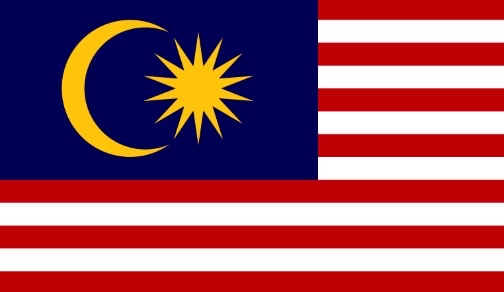Assessing the relationship between environmental factors and malaria vector breeding sites in Swaziland using multi-scale remotely sensed data

Published: 3 June 2015
Abstract Views: 3842
PDF: 1537
HTML: 1738
HTML: 1738
Publisher's note
All claims expressed in this article are solely those of the authors and do not necessarily represent those of their affiliated organizations, or those of the publisher, the editors and the reviewers. Any product that may be evaluated in this article or claim that may be made by its manufacturer is not guaranteed or endorsed by the publisher.
All claims expressed in this article are solely those of the authors and do not necessarily represent those of their affiliated organizations, or those of the publisher, the editors and the reviewers. Any product that may be evaluated in this article or claim that may be made by its manufacturer is not guaranteed or endorsed by the publisher.
Similar Articles
- Cécile Vignolles, Yves M. Tourre, Oscar Mora, Laurent Imanache, Murielle Lafaye, TerraSAR-X high-resolution radar remote sensing: an operational warning system for Rift Valley fever risk , Geospatial Health: Vol. 5 No. 1 (2010)
- Vincent Martin, Lorenzo De Simone, Juan Lubroth, Pietro Ceccato, Véronique Chevalier, Perspectives on using remotely-sensed imagery in predictive veterinary epidemiology and global early warning systems , Geospatial Health: Vol. 2 No. 1 (2007)
- Olivier J.T. Briët, Penelope Vounatsou, Priyanie H. Amerasinghe, Malaria seasonality and rainfall seasonality in Sri Lanka are correlated in space , Geospatial Health: Vol. 2 No. 2 (2008)
- Yves M. Tourre, Jean-Pierre Lacaux, Cecile Vignolles, Jacques-André Ndione, Murielle Lafaye, Mapping of zones potentially occupied by Aedes vexans and Culex poicilipes mosquitoes, the main vectors of Rift Valley fever in Senegal , Geospatial Health: Vol. 3 No. 1 (2008)
- Fabienne Marechal, Nathalie Ribeiro, Murielle Lafaye, Antonio Güell, Satellite imaging and vector-borne diseases: the approach of the French National Space Agency (CNES) , Geospatial Health: Vol. 3 No. 1 (2008)
- César Capinha, Eduardo Gomes, Eusébio Reis, Jorge Rocha, Carla A. Sousa, V. E. do Rosário, A. Paulo Almeida, Present habitat suitability for Anopheles atroparvus (Diptera, Culicidae) and its coincidence with former malaria areas in mainland Portugal , Geospatial Health: Vol. 3 No. 2 (2009)
- Anna-Sofie Stensgaard, Christopher F.L. Saarnak, Jürg Utzinger, Penelope Vounatsou, Christopher Simoonga, Gabriel Mushinge, Carsten Rahbek, Flemming Møhlenberg, Thomas K. Kristensen, Virtual globes and geospatial health: the potential of new tools in the management and control of vector-borne diseases , Geospatial Health: Vol. 3 No. 2 (2009)
- Benjamin G. Jacob, Fiorella Krapp, Mario Ponce, Eduardo Gotuzzo, Daniel A. Griffith, Robert J. Novak, Accounting for autocorrelation in multi-drug resistant tuberculosis predictors using a set of parsimonious orthogonal eigenvectors aggregated in geographic space , Geospatial Health: Vol. 4 No. 2 (2010)
- Nicole M. Wayant, Diego Maldonado, Antonieta Rojas de Arias, Blanca Cousiño, Douglas G. Goodin, Correlation between normalized difference vegetation index and malaria in a subtropical rain forest undergoing rapid anthropogenic alteration , Geospatial Health: Vol. 4 No. 2 (2010)
- Gouri S. Bhunia, Shreekant Kesari, Algarsamy Jeyaram, Vijay Kumar, Pradeep Das, Influence of topography on the endemicity of Kala-azar: a study based on remote sensing and geographical information system , Geospatial Health: Vol. 4 No. 2 (2010)
You may also start an advanced similarity search for this article.











